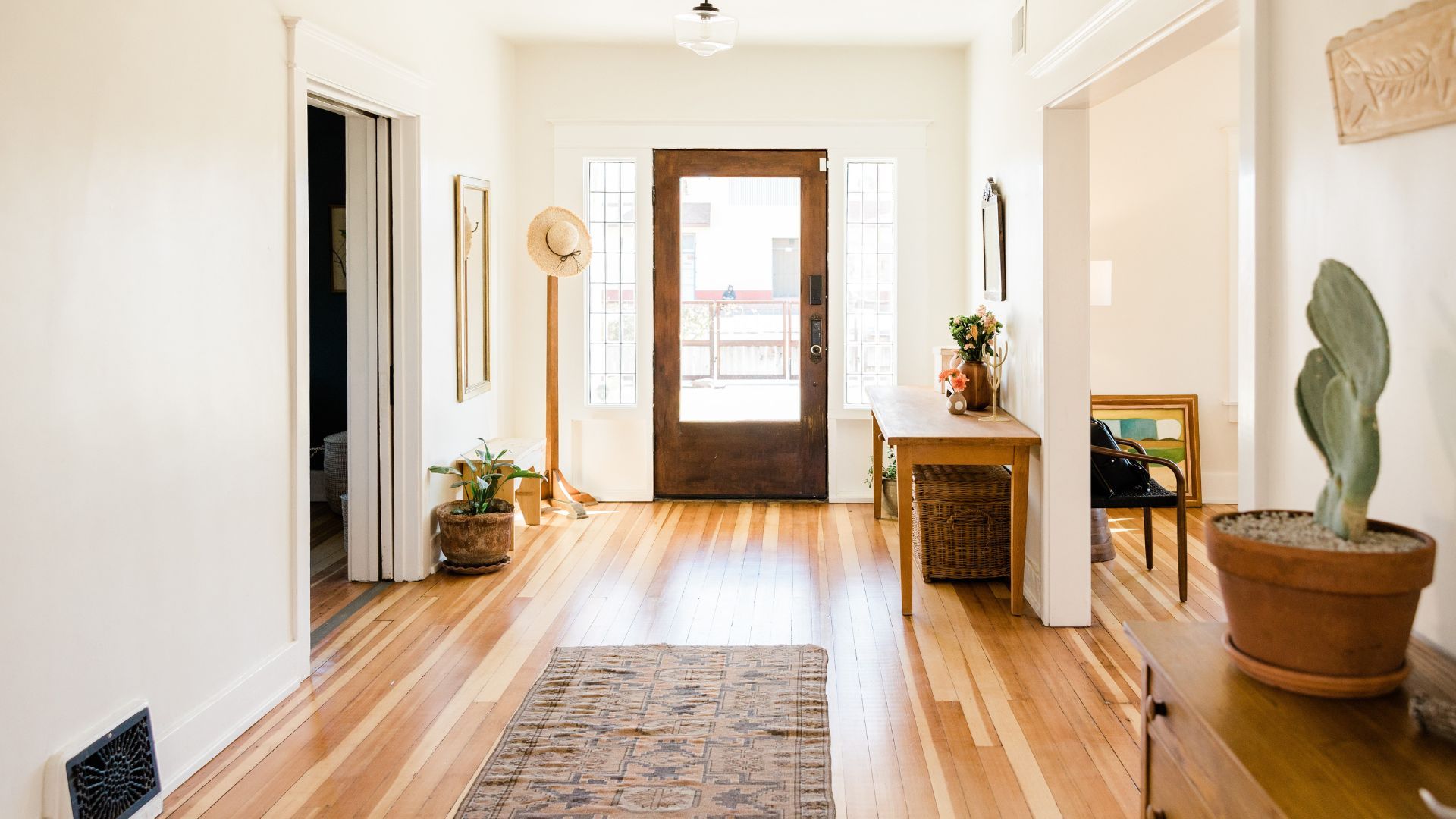The Smart Home: Room By Room | Smart Home
Last week on the blog we talked about smart technology , this week we go through the home. Next week we finish the series with a question and answer period that will help you decide which smart technology is right for you!
Varied, intricate but certainly user friendly, “smart home” technology is currently available for purchase, installation and utilization.
These in-home innovations can be very simple and straightforward. Samsung currently sells a “smart home starter kit” which will do wonders at transforming your home into a “smart” hub, at an affordable price. Or they can be a tad more complex, for this, we look to the pacific northwest and to the home of Bill Gates. Here we see the apex of this technology, nicknamed Xanadu 2.0, this 66,000 square foot mansion is known for it’s design and technology, it cost $63M to build, now that is quite the smart home budget.
The House Bill Gates Built
“Upon entering everyone in the home is pinned with an electronic tracking chip. As you move through the rooms, lights come on ahead of you and fade behind you. Your favourite songs will follow you throughout the house, as will whatever you’re watching on television. You can entertain yourself by looking at Gates’ extensive electronic collection of still images, all available on demand. The chip keeps track of all that you do and makes adjustments as it learns your preferences. When two different chips enter the same room, the system tries to compromise on something that both people will like.” Reference: Smart Home Software and Technology.
Now obviously, this is in extreme example (perhaps the most extreme example that there is, currently); but what isn’t extreme is the idea that, whether you’re a billionaire fifty times over or you’re paying into a twenty-five year mortgage, this technology (on some level) is for you; that it’s here to help you in your daily life.
So let’s walk through of a reasonably equipped smart home, just to give you a taste of that which is out there, for your (the consumer’s) buying pleasure.
The Garage
From the outside of the home, looking in, it’s all about letting the homeowners inside, and keeping unwanted visitors, outside. Garage doors can be programmed to open automatically when smartphones (programmed into the system) draw near. Additionally, this technology can be applied to front and rear house doors. This means that, if the house “knows” you, you gain access. If the house doesn’t “know” you, you’re out of luck.
The Laundry Room
Moving from the garage to the laundry room, we see the advent of “smart” washers and dryers. These machines, when connected, allow the user to track the amount of energy being used at any moment. Many current models can also be programmed to send you a text message when your clothes are ready to be switched over or folded.
The Kitchen
In the kitchen, it’s all about the smart appliances. Here are just a few examples:
The Fridge:
A few short years ago, it would have seemed ridiculous to suggest that “smart” fridges would be available to purchase; fridges that could do everything from suggest meals (based on the regular contents of your fridge), to warn you of impending expiration dates. But this is 2016, and what was once far fetched is now reality.
The Countertop Oven: Companies like Breville and June have developed “smart” oven technology; ovens that can determine the weight and “girth” of that which is being baked or broiled and adjust heating coverage appropriately.
Accessories: Ever want to turn on your coffee maker but don’t want to get up to do it? Well, turn it on from your phone! Ever need a charging station but can’t find that cursed iphone charger? Simply lay your phone down on your countertop, which also happens to double as a wireless charging station. The world is truly your playground when it comes to these “smart” kitchen upgrades.
The Bedroom
Finally, as you head upstairs after a long day, there are certain features of the “smart house” that make this transition from day to night as simple as crawling under the covers. Voice or tablet activated blinds can be moved up or down, and the thermostat can be set remotely for each room in the house, both for maximum energy savings and for the answer to those cold morning floors.
Obviously these are just a few of the smart upgrades available to you. But right now, it’s possible to park your smart car in your smart garage, then sit down after a long day at work, turn on your smart TV while your kid watches Netflix on your smart phone, all while your smart washer is getting ready to text you to change the laundry over while your smart oven cooks a roast. Step aside Bill Gates.
When you are ready, smart is ready for you.
Share
RECENT POSTS







